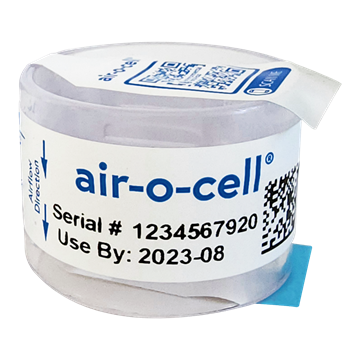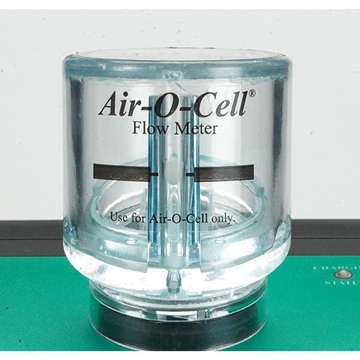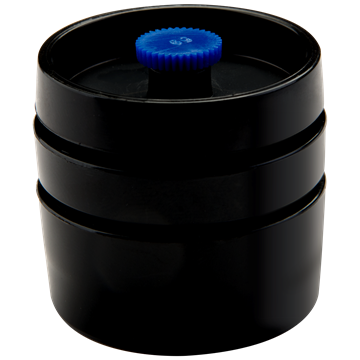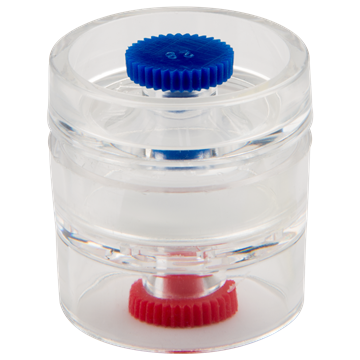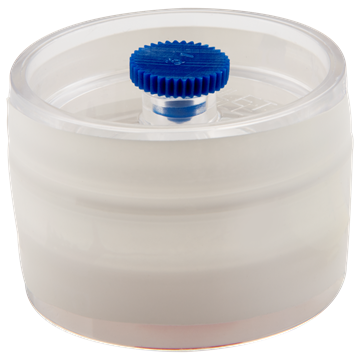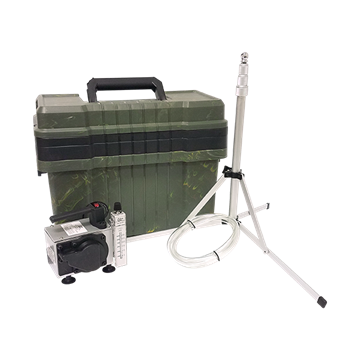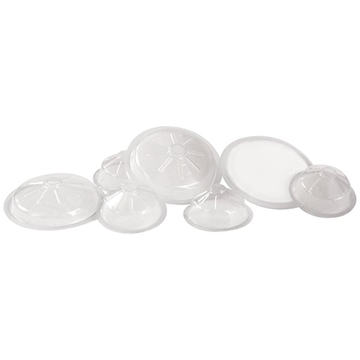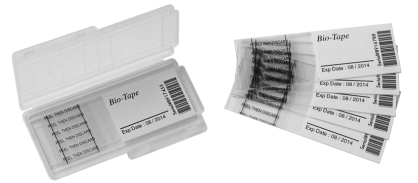- Register
- Log in
-
Shopping cart
(0)
You have no items in your shopping cart.
Bio-Tape Sampling Instructions & Application Notes
LA03010 Rev 5
Download as a PDF here
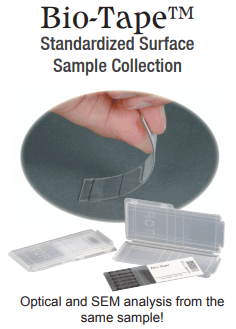
Buy:
Introduction
Bio-Tape provides a sampling method for use in the determination of possible microbial, bioaerosol, and inorganic dust contamination in a simple, standardized way. It provides the ability to quickly take a sampling and measure the relative degree of contamination.
Sample Procedure
- Remove slide from provided slide mailer
- Document the sample location on the slide label and complete any required documentation for the laboratory.
- Peel off protective liner from slide to expose adhesive
- Place slide with the adhesive side down on the surface to be sampled. (Use the centering line to orient the adhesive over the exact sample location desired)
- Gently press down to ensure contact is made. Do not press down hard. The adhesive is very tacky and only needs to be pressed gently.
- Carefully remove the slide from the surface and place it back into slide mailer. DO NOT replace the plastic "Peel" liner.
- Send slides to the laboratory for analysis.
Note: Multiple samples should be collected from both suspect and non-suspect (control) areas for comparison.
Bio-Tape consists of a flexible plastic microscope slide with a pre-defined adhesive area. A center-line marker on the slide aids the user in locating the center of the adhesive when taking the sample and also aids the laboratory analyst in finding the center of the sample area. Each slide is provided with a unique serial number for traceability and packed in a slide mailer to prevent cross-contamination.

Application Notes
Optical and SEM particle analysis using the Zefon BioTape media
Until now, the ability to perform both Optical and Electron Microscopy analysis on the exact same particle using a single sampling media has been impractical. The results illustrated below, and the method described on the back page enables comprehensive and cost-effective forensic dust and indoor air quality particle analysis.
Analysis Capabilities
The sample can be examined and re-examined by both Optical and Electron Microscopy in any order without significant particle loss or complex sample preparation.
The high chemical stability of the Bio-Tape media allows the sample to be first examined with a wide range of contrast stains or liquids and subsequent chemical extraction in preparation for electron microscopy analysis.
The smooth surface and low X-ray background of the Bio-tape media allows both high-quality SEM imaging and high-quality elemental analysis
Universal Microscopy Analysis
The optical clarity and low X-ray background of the Bio-tape media combine to provide both superior optical clarity and electron beam imaging. The chemical resistance allows biological staining and optical analysis, and then extraction and analysis by electron microscopy. The optical micrograph was taken after coating the sample with gold and performing SEM analysis.


























